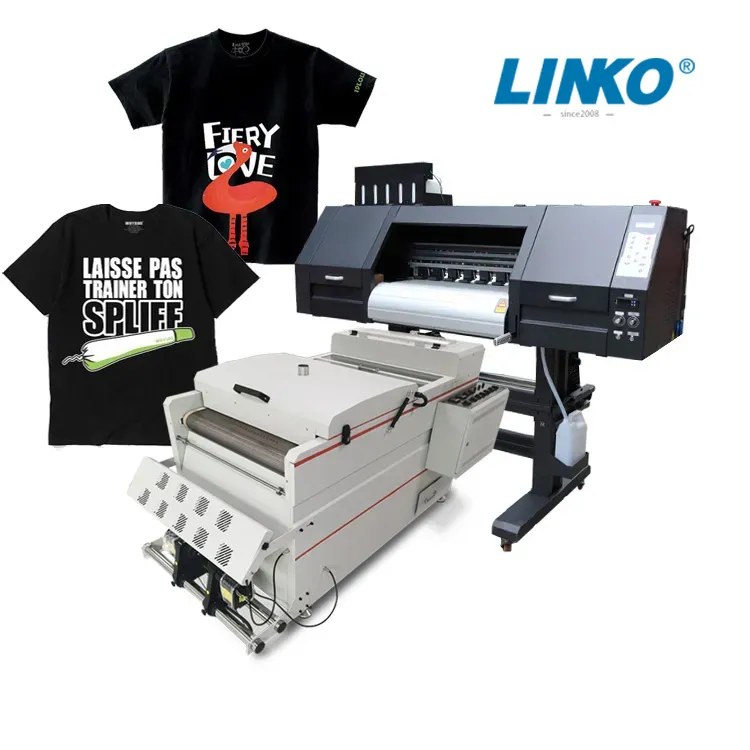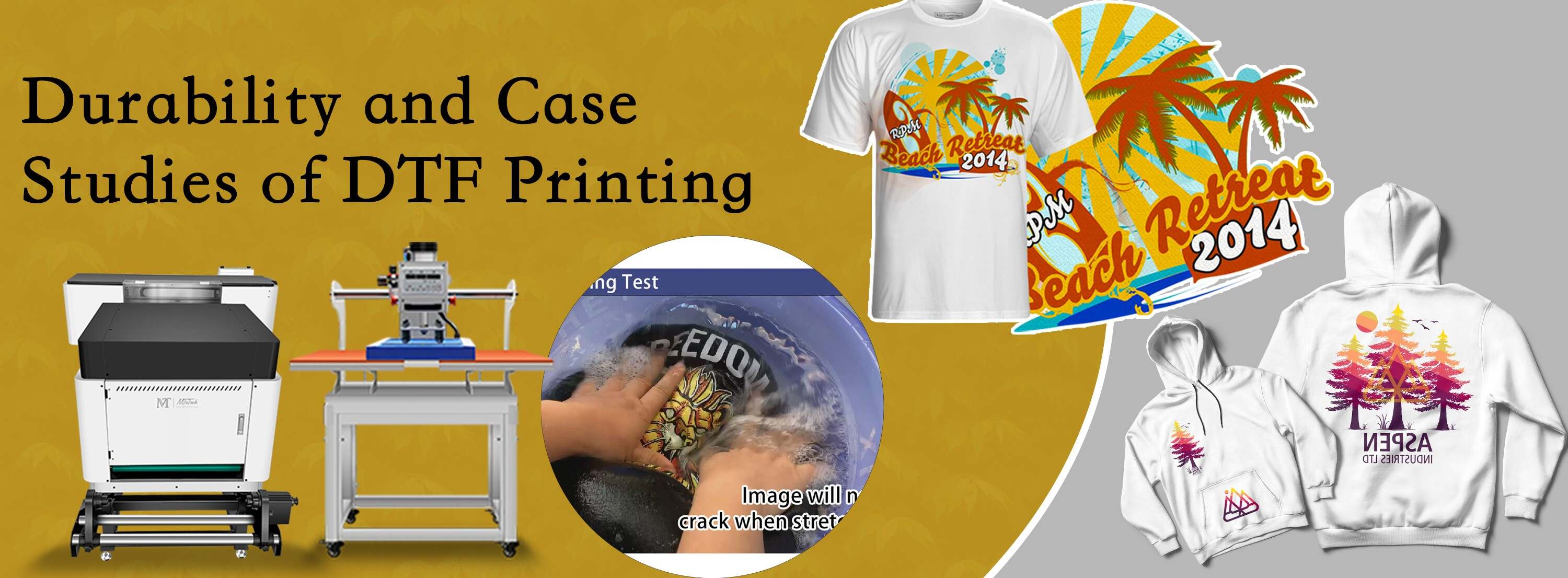The Future of Style: Discovering DTF Printing Technology in the Textile Market
Amongst these improvements, Straight to Movie (DTF) printing innovation has actually emerged as an appealing challenger, offering one-of-a-kind capacities and chances for designers and suppliers alike. This advanced printing technique has actually triggered interest due to its prospective to reinvent standard textile printing procedures.
Evolution of Textile Printing
Throughout background, the evolution of fabric printing has been a testimony to the cutting-edge improvements in this elaborate art type. From the old people utilizing techniques like block printing to the electronic change these days, fabric printing has continuously pressed boundaries. The beginnings of textile printing can be mapped back to China around 220 AD, with making use of wooden blocks to publish on silk textiles. As the craft infect other components of the globe, new techniques such as screen printing and roller printing arised throughout the Industrial Transformation, reinventing the fabric market - DTF Printing.
In the 20th century, advancements in modern technology resulted in the growth of rotating display printing, permitting faster and much more elaborate styles. The introduction of digital textile printing in the late 20th century marked a considerable change towards more versatile and sustainable printing approaches. Today, with technologies like Direct-to-Fabric (DTF) printing technology, developers can develop lively, thorough prints with better effectiveness and minimized ecological effect. The advancement of textile printing showcases an abundant history of creative thinking, ingenuity, and technological progress worldwide of fashion and design.
Benefits of DTF Innovation
With the development of textile printing strategies from old techniques like block printing to contemporary developments such as electronic printing, the introduction of Direct-to-Fabric (DTF) innovation has substantially boosted the performance and sustainability of fabric printing procedures. One of the key benefits of DTF technology is its capability to directly publish layouts onto fabric without the demand for transfer documents, which lowers waste and simplifies the production process. Additionally, DTF printing enables better color vibrancy and information accuracy contrasted to standard techniques, making it possible for fabric suppliers to produce complex and high-grade styles easily.
Moreover, DTF modern technology is understood for its convenience, as it can be made use of on different kinds of textiles, consisting of natural fibers like silk, cotton, and wool, in addition to artificial materials such as polyester and nylon (DTF Printing). This flexibility opens up a vast array of opportunities for developers and manufacturers to trying out different appearances and products, causing more cutting-edge and unique items in the garment industry. In general, the implementation of DTF technology stands for a considerable development in fabric printing, providing numerous advantages that contribute to the future sustainability and imagination of the sector
Sustainability in Style Production
Emphasizing green methods is extremely important in modern fashion production, straightening with the growing consumer need for sustainable items. In the last few years, the fashion business has faced enhancing examination due to its substantial ecological impact, including extreme water usage, chemical pollution, and fabric waste. As a reaction, many fashion brand names are now integrating sustainable practices right into their manufacturing procedures to minimize harm to the atmosphere.
Sustainability in style manufacturing encompasses numerous elements, such as using recycled and organic materials, lowering power usage, executing ethical labor practices, and promoting transparency throughout the supply chain. Additionally, developments in modern technology, like DTF printing, offer opportunities to even more enhance sustainability in textile manufacturing. This modern technology enables accurate printing on materials, lowering ink wastefulness and water use compared to conventional printing techniques.
Style Flexibility and Modification

Furthermore, DTF printing facilitates customization on a range previously unattainable, enabling for customized clothing and one-of-a-kind pieces tailored to specific check this choices. Customers can currently proactively take part in the layout process, creating garments that show their design and personality. This personalization not just enhances the consumer experience but additionally advertises a sense of exclusivity and originality in a market saturated with mass-produced apparel. In general, DTF printing innovation revolutionizes the style landscape in the fabric market, using limitless opportunities for creative expression and tailored fashion.
Impact on Supply Chain & Market Trends
DTF printing modern technology in the textile sector is reshaping supply chain dynamics and influencing market fads with its effectiveness and modification capacities. By making it possible for on-demand printing and getting rid of the need for big supplies, DTF technology simplifies the supply chain process.
Additionally, the personalization possibility of DTF printing modern technology is reinventing the market trends in the fabric industry. As a result, DTF innovation is driving a change towards more cutting-edge and customer-centric methods within the fabric sector, shaping the future of fashion.

Final Thought
Finally, DTF printing innovation is transforming the textile sector by supplying countless advantages such as layout sustainability, customization, and liberty. This ingenious modern technology is improving the future of fashion manufacturing, affecting supply chains, and driving market patterns towards much more effective and eco-friendly practices. As the market continues to advance, DTF printing will certainly play an essential role fit the way fabrics are created and eaten in the years to find.
From the ancient worlds using strategies like block printing to the digital change of today, fabric printing has constantly pushed limits. As the craft spread to other parts of the globe, new techniques such as display printing and roller printing arised throughout the Industrial Transformation, transforming the fabric market.
The introduction of electronic fabric printing in the late 20th century marked a significant shift towards even more sustainable and flexible printing methods.With the advancement of fabric printing methods from ancient methods like block printing to modern-day technologies such as electronic printing, the intro of Direct-to-Fabric (DTF) modern technology has significantly improved the performance and sustainability of textile printing procedures (DTF Printing).In response to click the necessary shift in the direction of sustainability in style production, the fostering of innovative modern technologies like DTF printing not only addresses environmental worries however likewise opens up opportunities for exceptional style liberty and personalization in the textile industry